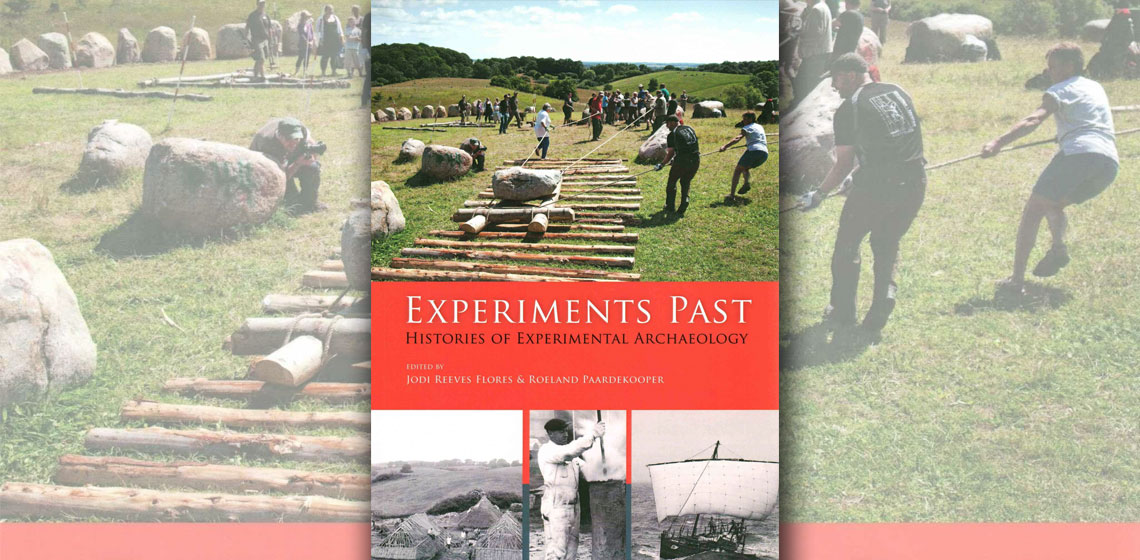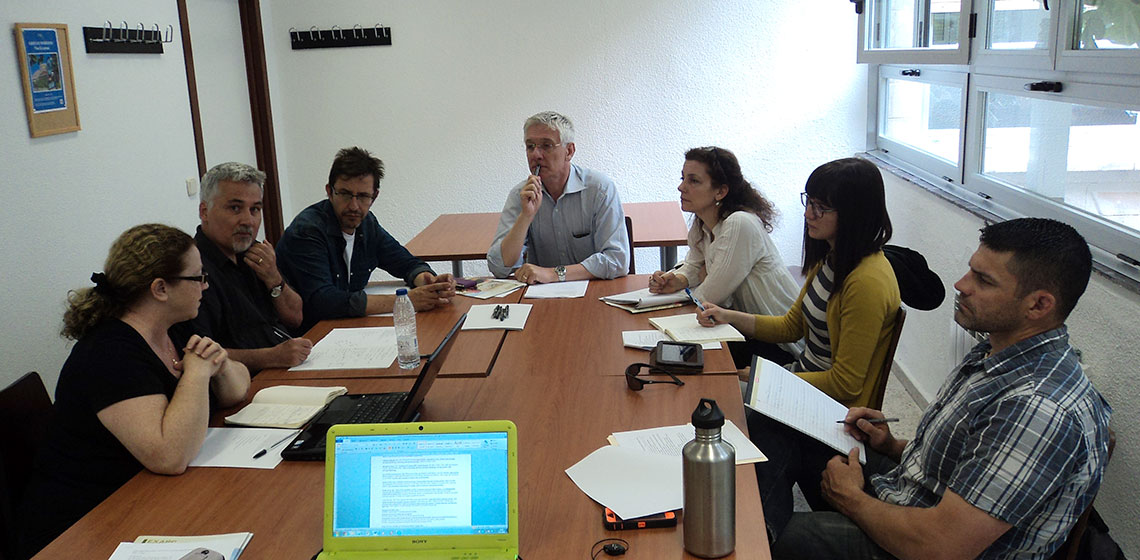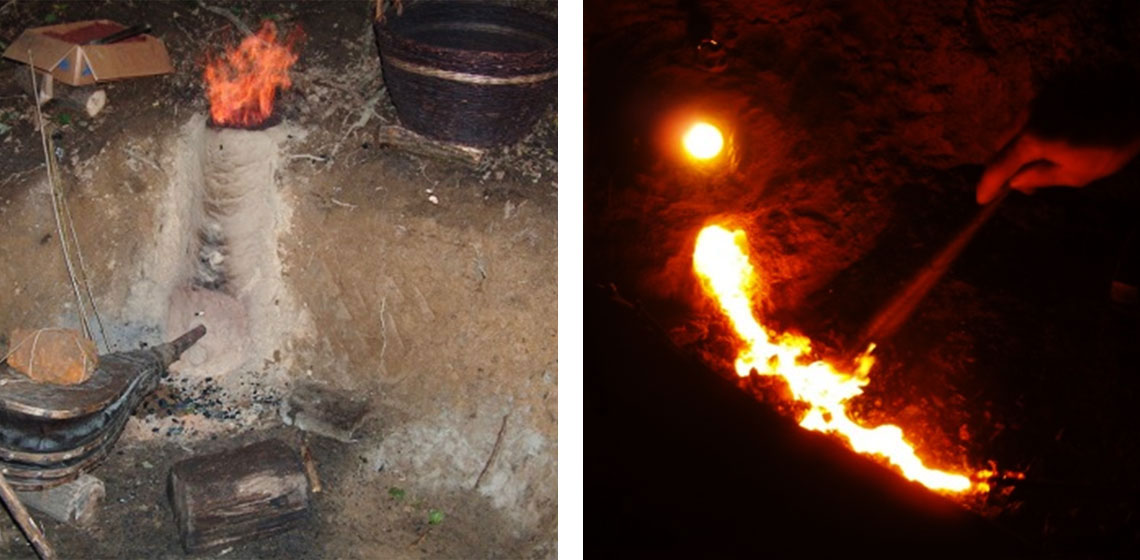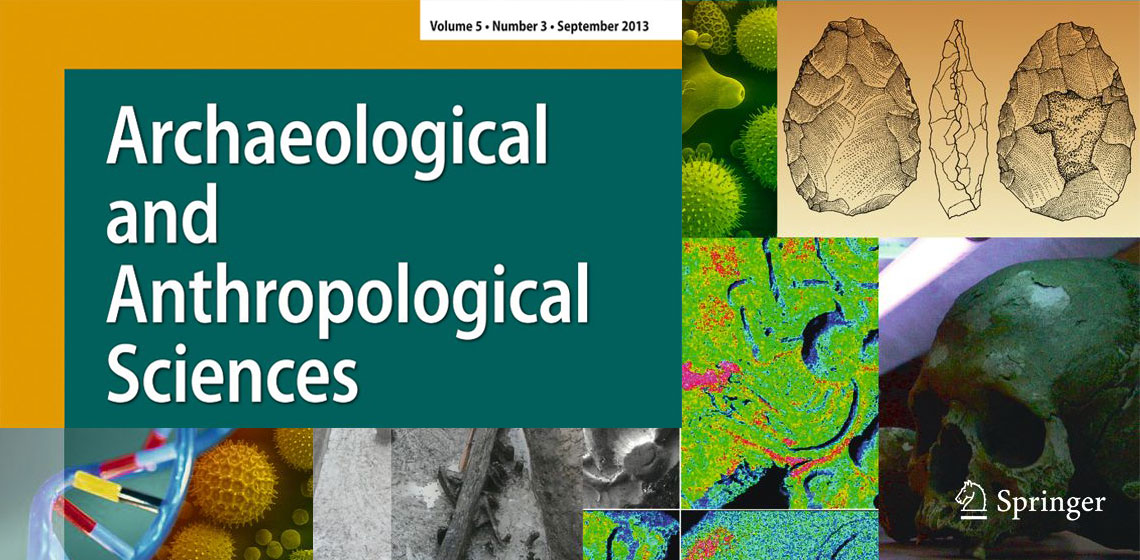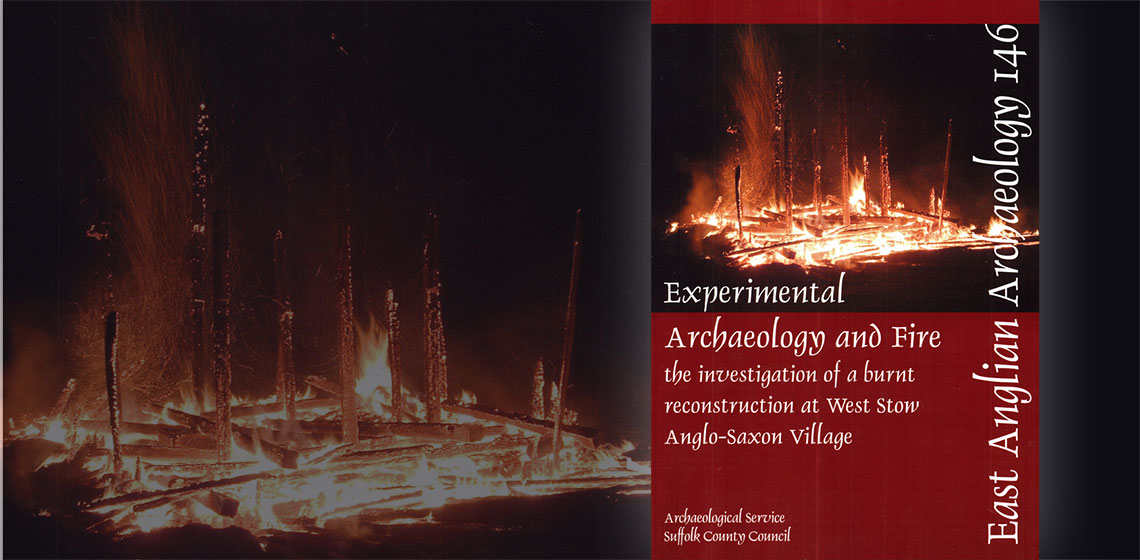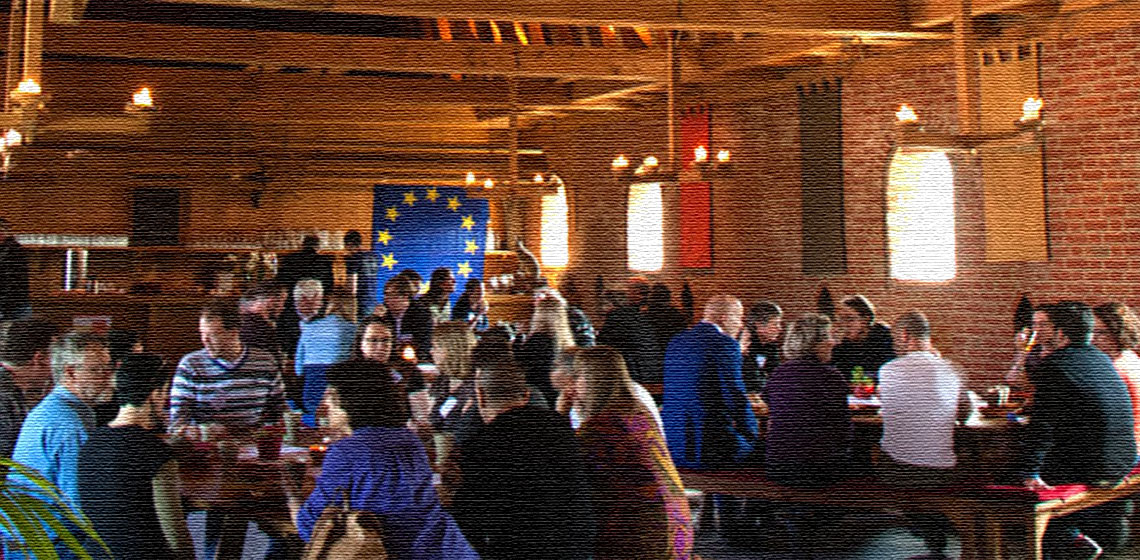Early Middle Ages
Book Review: "Experiments Past" Edited by Jodi Reeves Flores & Roeland P. Paardekooper
Publication Date
The publication in 1979 of the John Coles’ book Experimental Archaeology can be called the vademecum of the experimental archaeology. Many particular experiments have been published since then, such as A Bibliography of Replicative Experiments in Archaeology (Graham et al. 1972) and...
From the Minutes of “Universities & Experimental Archaeology” Roundtable Discussion 7th May 2014
Publication Date
EXARC, Experimenta and the Universidad Autónoma de Madrid invited several universities to a round table meeting in Madrid, in May 2014. EXARC's aim was to bring colleagues into one room to share their experiences in handling experimental archaeology from an academic perspective...
Event Review: Food Workshop in Archeon at the OpenArch conference 2013
Publication Date
OpenArch Dialogue with Skills Issue
***Food and drink are basic needs for every human being. From the perspective of our modern culinary practices, with all its specialities and customs, the traditional cuisines, and especially the pre- and protohistoric dishes, seem not only very far away, but also very primitive and have a negative connotation...
***Food and drink are basic needs for every human being. From the perspective of our modern culinary practices, with all its specialities and customs, the traditional cuisines, and especially the pre- and protohistoric dishes, seem not only very far away, but also very primitive and have a negative connotation...
From the Soil to the Iron Product - the Technology of Medieval Iron Smelting
Publication Date
2013 EXARC meeting at Csiki Pihenökert (HU)
***Nowadays, the development of technology rushes past the people of the machine-based technical civilisation, therefore they fail to understand the technological wonders that surround them. One of these is the ancient technology of iron smelting...
***Nowadays, the development of technology rushes past the people of the machine-based technical civilisation, therefore they fail to understand the technological wonders that surround them. One of these is the ancient technology of iron smelting...
Book Review: Archaeological and Anthropological Sciences by L. Shillito, E. Fairnell and H. S. Williams (eds)
Publication Date
A set of eleven articles resulting from the call for papers for the Sixth UK Experimental Archaeology Conference (held in York in January 2012) is now published in a special issue of the Journal of Archaeological and Anthropological Sciences...
Conference Review: 8th Experimental Archaeology Conference, Oxford 2014
Publication Date
EAC Conferences
***The conference unofficially began in the Royal Blenheim pub at 6 pm on Thursday evening. Conference staff and attendees filtered in throughout the evening eventually filling the back room. The pub had excellent food and a good variety of local ales. Those who managed to brave the flooding introduced themselves and got to know...
***The conference unofficially began in the Royal Blenheim pub at 6 pm on Thursday evening. Conference staff and attendees filtered in throughout the evening eventually filling the back room. The pub had excellent food and a good variety of local ales. Those who managed to brave the flooding introduced themselves and got to know...
Obituary: in Memory of Otto Harsema (11 September 1939 - 8 September 2013)
Publication Date
On the 8th of September 2013 Drs. Otto Harm Harsema died from a bad fall during his stay in Poitiers (FR). Otto, born 11 September 1939 in Uithuizermeeden (NL), studied Social Geography and Prehistory at the Rijksuniversiteit Groningen...
Conference Review: Live Interpretation, 2013 EXARC’s Meeting in Hungary
Publication Date
In early September 2013, EXARC, in collaboration with Csiki Pihenökert, hosted a meeting in Hungary with the theme Live Interpretation in Open-air Venues. This continued the discussions held one year earlier in Foteviken, Sweden which focused on museum theatre and other forms of live interpretation...
Book Review: Experimental Archaeology and Fire. The Investigation of a Burnt Reconstruction at West Stow Anglo-Saxon Village by Jess Tipper
Publication Date
What should an archaeologist do if one of the reconstructions of an experimental village is accidentally burning during the night? Simple: pick up a camera and start taking pictures. And then, of course, plan the excavation to record as much information as possible followed by an analytical and detailed publication on the results...
Conference Review: Reaching Visitors Through Dialogue, Play and Experimental Archaeology. OpenArch Congress Archeon
Publication Date
This three-day conference (23-25 April 2013) was part of the OpenArch project, a project that spans five years and aims to raise the standard of scientific research and public presentation in the open-air museums throughout Europe, with a focus on the interaction with the visitor...

